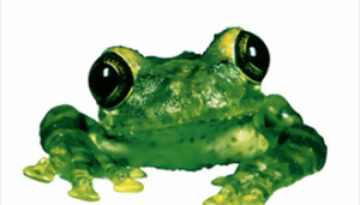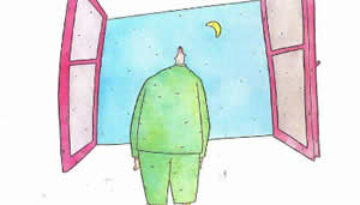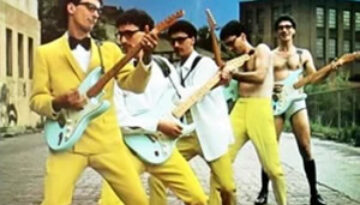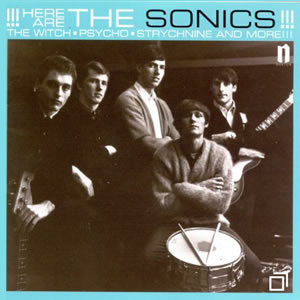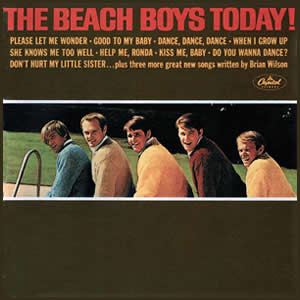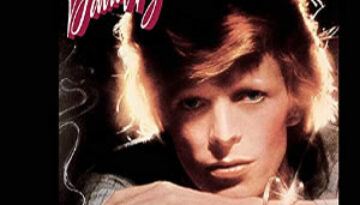Frogstomp by Silverchair
Buy Frogstomp Australian grunge rockers Silverchair launched their recording career when all three members were still teenagers in 1995 with the debut album Frogstomp. The compositions and sound of this record continue the […]

